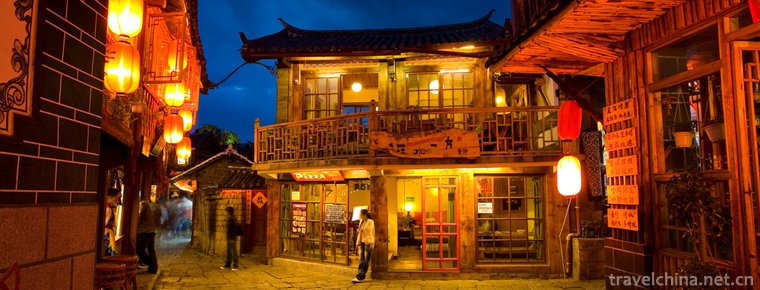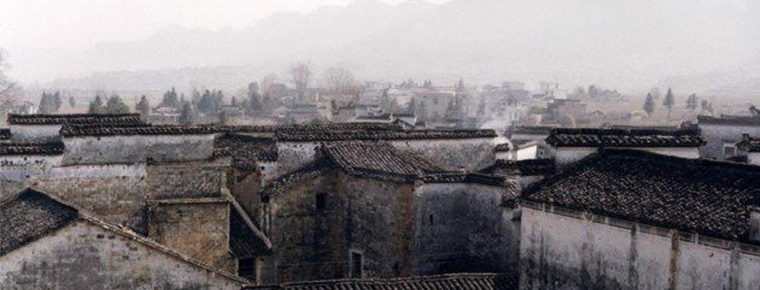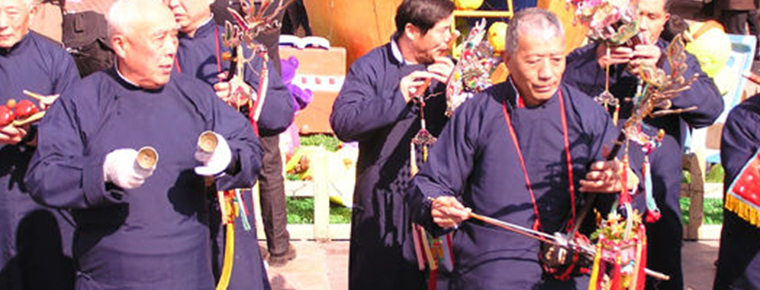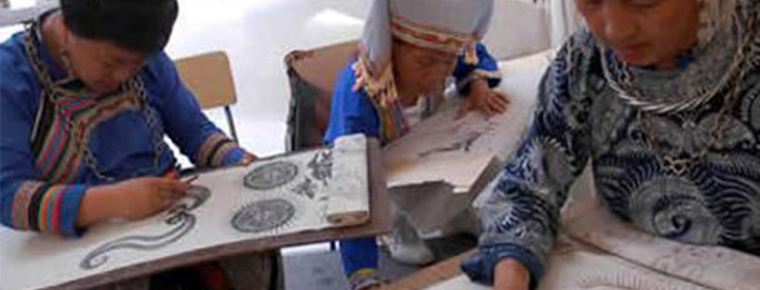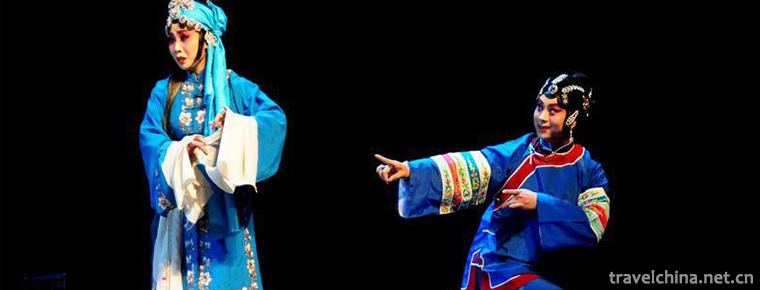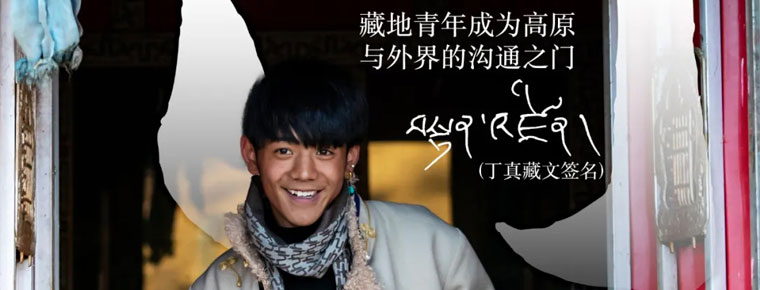Production Techniques of Pu er Tea
Production Techniques of Pu er Tea
Pu'er tea production technology, also known as tribute tea production technology, has been formed through thousands of years of practice. The basic procedures are as follows: sacrificing the God of tea, selecting raw materials, killing green, kneading and drying, autoclaving and shaping, etc. to make all kinds of finished tea. The traditional craft of Pu'er Tea Tribute Tea has strong historical and cultural connotation and unique production technology, strong folklore, unique technology and rich and ornamental products. It plays an important role in promoting the formation of Pu'er Tea brand technology and the development of tea industry. It is also a traditional cultural treasure in the treasure house of Chinese and even world tea culture.
In 2008, Pu'er Tea Production Techniques (Tribute Tea Production Techniques) were included in the second batch of national intangible cultural heritage list.
Skills History
On June 7, 2008, the State Council issued a document (Guofa 19) approving the second batch of national intangible cultural heritage list determined by the Ministry of Culture. The "Dayi Making Skills" is listed as the only intangible cultural heritage project directly named by the brand of the production enterprise in the tea industry of China. The serial number is 934 and the serial number is_-151.
China is an ancient civilization with a long history and rich and colorful cultural heritage. Intangible cultural heritage is an important part of cultural heritage, is the witness of our history and an important carrier of Chinese culture, contains the unique spiritual value, mode of thinking, imagination and cultural awareness of the Chinese nation, reflects the vitality and creativity of the Chinese nation. Protecting and making good use of intangible cultural heritage is of great and far-reaching significance for inheriting and carrying forward national excellent cultural traditions, promoting national unity and maintaining national unity, enhancing national self-confidence and cohesion, and promoting the construction of socialist spiritual civilization. Therefore, the Chinese government carries out the protection of intangible cultural heritage from the national level.
"Dayi Tea Making Techniques" has been listed in the national intangible cultural heritage list. It is not only the national recognition of the excellent technology and technology created, inherited and accumulated by Menghai Tea Factory for decades, but also the recognition of the unique professional tea making ability of Dayi. It is also the recognition of the central position of Menghai Tea Factory and beneficial brand in the origin and development of modern Pu'er Tea.
"Dayi Tea Making Techniques" has been successfully selected into the second batch of national intangible cultural heritage list. It is reported that Dayi Tea Production Technology is the only intangible cultural heritage project named directly by the brand of the production enterprise among the tea representatives selected for the intangible cultural heritage. This honor has once again written a brilliant stroke for the development history of Yunnan Pu'er Tea.
. Qingyin refers to brewing without any supplements, which is more common in the Han nationality. Mixed drinking refers to adding any supplements you like in tea, which is more common in Hong Kong and Taiwan. For example, Hong Kong likes adding chrysanthemum, Chinese wolfberry and American ginseng to Pu'er tea. Anti-foaming is one of the advantages of Pu'er Tea. The old Pu'er Tea can be brewed more than 20 times with a cover bowl or purple sand pot. The taste and color of the soup will gradually decrease with the increase of the number of times.
Traditional famous tea
The "Dayi" brand Pu'er tea produced by Menghai Tea Factory in Yunnan Province is a traditional famous tea in Yunnan Province. As the top product of Pu'er tea, its Dayi Qizi cake tea (7572, 7542, 7262, 7592, 8582, 8592, 7672, 7562, etc.), Menghaituo tea, Pu'ertuo tea, Pu'er brick tea, Daughter Gong tea, Palace Pu'er tea, etc., has been respected as the representative of classic Pu Pu'er tea in the industry for decades, and has become the treasure of Pu tea collected by numerous tea people.
This Dayi tea production technology has been listed in the national intangible cultural heritage list. It not only embodies the excellent technology and research wisdom accumulated by Menghai Tea Factory for decades, but also represents the strong brand commitment and quality assurance of Yiyi Pu'er Tea to consumers as a classic of Yun Tea.
Nowadays, Yunnan Menghai Tea Factory is more focused on the scientific research and development of modern Pu'er Tea, striving to continue to create more Yunnan Pu'er classics, and devote itself to the pursuit of higher quality of life of natural health for consumers .
Manufacturing Technology
The harvested tea cyanine was withered, killed, twisted and dried to make dried cyanine wool tea. At this time, all raw Pu'er tea raw materials, tea merchants, tea farmers'associations according to customer needs and autoclaved molding, large, small, all kinds of shapes, raw and ripe. However, the raw Pu'er tea is steamed directly after grading, and gradually becomes more fragrant in anticipation, that is, the natural way to release the raw Pu'er tea. The ripe Pu'er tea is then sprinkled, stacked, dried and screened to make Pu'er loose tea (ripe Pu'er wool is finished) waiting for autoclaved forming .
Tea-picking cyanine. Tea picking in Pu'er Tea follows the tradition of picking tea in that year, that is, singing the song of picking tea when picking tea, picking five to six hearts slowly with one heart and two leaves, then putting them into the tea bag basket, the tea will not be damaged, and the tea quality will be better when it withers and kills the cyanine.
Withered. Tea picking process is quite exquisite, the tea cyanine in the hand will be too much and hurt, resulting in squeezing phenomenon; too much tea cyanine in the tea bag and poor ventilation, resulting in upper and lower phase pressure leading to a slight ripening; furthermore, the tea cyanine in the tea garden should not be harvested for too long, should be removed as soon as possible withered. Tea cyanine withering is to use sunshine or heat to volatilize the bitterness and astringency of newly harvested tea leaves, so that the tea softens and dehydrates, of course, it is not suitable for excessive withering. Therefore, the quality of tea products, withering process is very important. The free Pu'er tea is selected and picked artificially, which ensures the quality of tea.
Cyanine killing. Pu'er tea belongs to green tea before compaction, so its cyanide killing process is indispensable. The main purpose of cyanide killing is to stop the fermentation of tea; most of the cyanide killing methods are pot-type cyanide killing (the old method is manual stir-frying), because the tea cyanine will lose water after withering, but not yet thorough, the use of cyanide killing method can make the tea lose water evenly.
Knead and twist. Rolling needs to be adjusted according to the degree of tenderness of tea cyanine raw materials. The purpose is to make the tea sheets rolled into strips or beads. The young leaves are lighter and the old leaves are heavier. At this time, the volume of cyanine has been reduced by more than half after cyanide killing and twisting.
Dry in the sun. The twisted tea cyanine is spread out in the sunshine, and the water content of the tea is about 10%. When there is no sunshine, the tea can be dried by drying, but the tea dried by sunshine has its special fragrance. This is one of the important reasons for the special taste of early Pu'er tea, and the principle of "drying but not drying" is adopted.
Yunnan only produces sun-dried green tea until 1938, steamed green tea in 1945 and tea kneading machine in 1964. At this time, Yunnan large-leaved baked green tea began to be produced. It can be inferred that since 1964, under the full acceptance of the impact of modern civilization and the baptism of new tea-making technology, the traditional sun-dried green tea has had another way of thinking. Because the traditional method has not been fried and dried at high temperature, its activity has not completely disappeared. In the process of autoclaving or storage, it can continue to ferment and oxidize, and the taste is strong and lasting. Unlike ordinary green tea, which has been stir-fried and dried at high temperature, although it is sweet and delicious, it will deteriorate in a short time if it is not properly preserved. The traditional method of sun-dried green tea is not only still used by many minority nationalities in southern Yunnan, but also has diversified taste of sun-dried green wool tea. The method of micro-fermentation in the process of sun-dried green tea is also the pioneer of modern sprinkler-drier process of Pu'er tea
Seven Key Points of Pu'er Tea Production Technology
Because Yunnan has high altitude in the north and low altitude in the south, and the temperature is low in the north and high in the south, the temperature in the north and south is inversely proportional to the altitude; the sunshine rainfall is less in the north and more in the south, and the temperature in the South and north is proportional to the sunshine rainfall in the north and south. It is because of this geographical environment that the soup quality of Pu'er tea is bitter in the north and astringent in the south. If the northern part of Lincang is bitter, the southern part of Lincang is more astringent.
In addition to the above geographical and environmental factors, there is also a major factor is the problem of technology, instructor technology. Technological problems are as follows:
1. Picking time, of course, Pu'er before May is better than autumn tea, autumn tea is often bitter.
2. Wilting and finishing, many people do not understand this, that is, in the ventilation area, just picked tea leaves are evenly spread out in the dustpan, so that tea moisture evaporates naturally, tea leaves will become soft. If the water evaporates insufficiently, the tea soup will be bitter and persistent, but if the water evaporates too long, the tea will not be able to soak, and the tea soup is thin.
3. Green-killing treatment: Most small factories have green-killing machines, and most farmers also use large iron pots, if good tea has good teachers, the traditional practice is better. Well, once the master masters the temperature too high, the tea soup will bring some acid, if the master temperature is too low, the tea soup will have green taste.
4. Twisting process: This is a clever chemical reaction (hereby declare that no chemical elements are added). Like our Southern people's way of kneading pickles, I say the way, oh, it's not the way. Ha-ha, pickles should be added salt, and tea needn't be used. Oh, this one is also mechanized. It's available in the market. If the quality of the soup is not thin enough by manual rolling, excessive rolling of the soup is cloudy and bitter and astringent. I drink Pu'er the most critical. Personal factors, personal preferences, do not bleed.
5. Drying treatment of wool tea: If high-temperature drying will have slightly acidic water thin, but insufficient drying, tea soup will turn red and bitter, this process is also the key factor of bitterness.
6. Steaming treatment: Steamed tea is poured into triangular bags. Some are pressed by machines and some by stone. I like to use stone to grind beautiful tea. If the autoclaving time is too long and the temperature is too high, the strips of tea cyanine are not obvious, on the contrary, the tea cake is loose and difficult to form.
7. Drying treatment of finished products: if the tea is dry at high temperature, the tea is thin, but the fragrance is obvious, it will mildew if it is not dried well; if the sun shines directly, the tea cake is red on the surface, the soup is a little red, and the soup is thin. It is recommended to dry in a special ventilated shade or under the eaves on sunny days. .
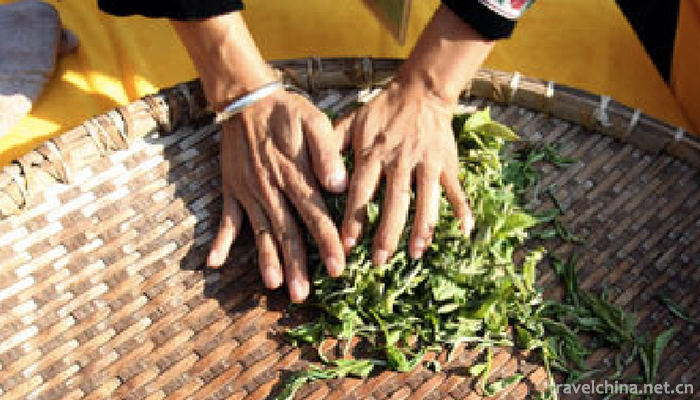

Production Techniques of Pu er Tea
-
KangrinboqeMount Kailash
Views: 264 Time 2018-10-12 -
Lijiang Ancient Town
Lijiang Ancient City is located in the ancient city of Lijiang City, Yunnan Province
Views: 244 Time 2018-10-17 -
Great Wall of Ming Dynasty in Datong County
According to documents, the Great Wall of Qinghai Province in the Ming Dynasty was built in the middle of the Ming Dynasty. It lasted 51 years from 1546 to 1596.
Views: 176 Time 2019-01-07 -
Old Stork River Drifting
Xixia Guanhe Drifting Scenic Area is a national AAAA-level tourist attraction and a part of Funiushan World Geopark in Nanyang, China. Xixia County, Nanyang City
Views: 134 Time 2019-01-29 -
The Construction Skills of Hui School Traditional Dwellings
The construction techniques of Hui traditional dwellings are the traditional wood structure construction techniques with rich local characteristics. The legend of woodworking techniques is written bet
Views: 364 Time 2019-05-04 -
Jiangnan bamboo
Chinese traditional instrumental music, silk and bamboo, is popular in southern Jiangsu and Zhejiang. After the Revolution of 1911, great progress was made in Shanghai
Views: 129 Time 2019-05-05 -
Batik art
Miao batik technology, the traditional handicraft of Danzhai County, Guizhou Province, is one of the national intangible cultural heritage.
Views: 129 Time 2019-05-10 -
Qinghai Han Minority Folk Minor
Qinghai Han folk minor is one of the genres of Chinese folk songs. Generally speaking, it refers to folk songs and dances popular in town fairs. Through the spread of the past dynasties
Views: 466 Time 2019-06-10 -
Quyi
Quyi is the general name of all kinds of "rap art" of the Chinese nation. It is a unique art form formed by the long-term development of folk oral literature and singing art. According to in
Views: 171 Time 2019-06-11 -
Shangdang Erhuang
Pihuangqiang in Shangdang area is called Shangdang Erhuang. It is an independent opera with a history of more than 200 years. Locals call it "Tu Erhuang". At present, Shangdang Erhuang is on
Views: 191 Time 2019-06-13 -
University Of Science And Technology Of China
University of Science & Technology China (University of Science and Technology of China) China University of science and technology Located Anhui Province Hefei City By Chinese Academy of Sciences
Views: 134 Time 2019-11-23 -
About Ding Zhen Video
In November 11th CCTV news and Oriental tiktok were put on a short video of the tremble. Ding Zhen, the "sweet boy" in the video, triggered a phenomenal network event with a transmission volume of more than 5 billion times. At the same time,
Views: 161 Time 2020-12-06

